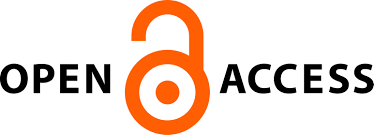Ravine is an Architecture
Atlas to rediscover the role of the ravines and their potential as structuring entities.
DOI:
https://doi.org/10.5821/siiu.12951Abstract
This essay is developed from the analysis of the ravines in Guatemala and how have they structured our cities since pre-colonial times. Ravines contain a great biodiversity, contribute water to the territory and help to regulate temperatures, nevertheless they have never been valued for their benefits, but rather are identified as residual, dividing, problematic and dangerous spaces, therefore the society that inhabits them has never developed an identity with the landscape. The objective of this research is to visibilize the ravines of Guatemala City in order to rediscover their role as ecotones and socio-environmental devices. To achieve this, the work proposes a change of record of their negative conception through the intentional review of their values by methodologically developing an Atlas, seeking an historical, ecosystemic and social understanding to conceive them as a structuring entity of the territory.
Downloads
Published
Issue
Section
License
Copyright (c) 2024 Creative Commons

This work is licensed under a Creative Commons Attribution-NonCommercial-ShareAlike 4.0 International License.
Aquellos autores/as que tengan publicaciones con esta revista, aceptan los términos siguientes:
- Los autores/as conservarán sus derechos de autor y garantizarán a la revista el derecho de primera publicación de su obra, el cuál estará simultáneamente sujeto a la Licencia de reconocimiento de Creative Commons CC BY-NC-ND- 4.0 que permite a terceros compartir la obra siempre que se indique su autor y su primera publicación esta revista, pero no se pueden cambiar ni se pueden utilizar comercialmente.
- Los autores/as podrán adoptar otros acuerdos de licencia no exclusiva de distribución de la versión de la obra publicada (p. ej.: depositarla en un archivo telemático institucional o publicarla en un volumen monográfico) siempre que se indique la publicación inicial en esta revista.
- Se permite y recomienda a los autores/as difundir su obra a través de Internet (p. ej.: en archivos telemáticos institucionales o en su página web) antes y durante el proceso de envío, lo cual puede producir intercambios interesantes y aumentar las citas de la obra publicada. (Véase El efecto del acceso abierto).











